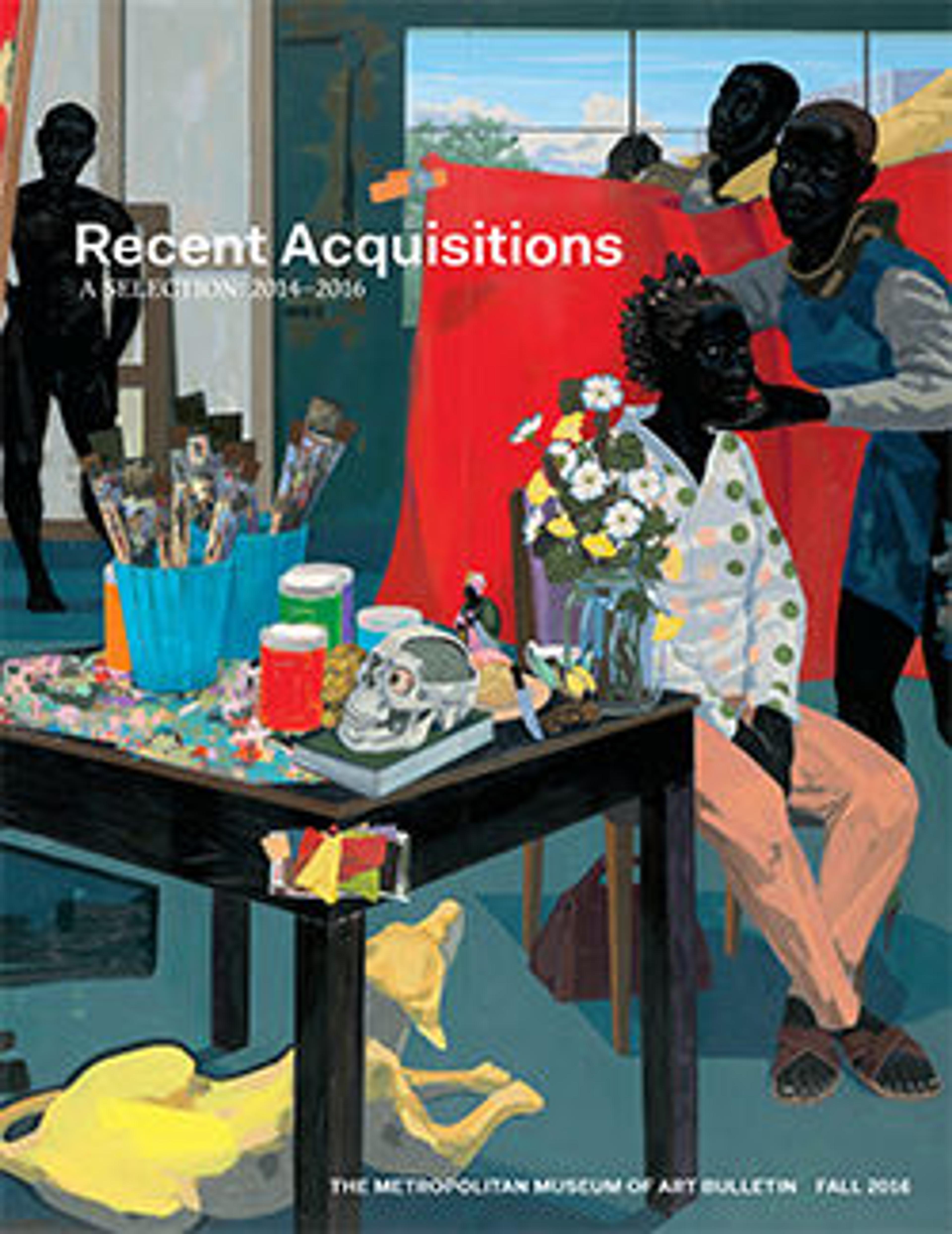The Great Executioner with the Head of Saint John the Baptist
Prince Rupert of the Rhine’s The Great Executioner is the most ambitious and beautiful mezzotint produced during the seventeenth century. This luscious impression shows the work in all its glory. The deepest tones are rich and velvety. The energetic sweeping marks of the rocker employed to initially darken the copper plate show the rough, experimental nature of the mezzotint technique in its early stages. The print reproduces a painting (now in the Alte Pinakothek, Munich) considered at the time to be by Ribera but now thought to be by an artist in his circle. This impression has an illustrious provenance beginning with the Parisian print dealer Pierre Mariette II who inscribed his name and the date on the verso only six years after the print was created.
Prince Rupert’s biography is a story made for the movies. He was the third son of the Elector of Palatine Frederick V and Elizabeth Stuart, the eldest daughter of James I of England and grew up in courts of The Hague and London. At the age of 14, he was already fighting the Spanish in the Netherlands. He joined the Royalist army during the Civil War in England. He was exiled under Cromwell during which time he fought against Spain on the side of the French then he became a Royalist corsair in the Caribbean. After the Restoration he returned to England where he became a high commander of the Navy and was finally appointed the first governor of the Hudson Bay Company in Canada. It was during his exile from England, while living in Frankfurt, that Prince Rupert created his mezzotints.
Mezzotint is a technique of subtraction, working from dark to light. The printing plate is first roughened all over to achieve a rich, velvety tone and then the image is created by polishing, also known as scraping, the areas of light. Prince Rupert was one of the very first practitioners of the technique. In fact, he invented the “rocker,” the tool used to roughen the plate. He learned the technique just prior to creating this print from its inventor, the amateur artist Ludwig von Siegen, whose early form of mezzotint created works from light to dark. Prince Rupert’s rocker allowed a large copper plate like the one used to produce this print to be roughened overall and, as a result, he created the mezzotint technique as we have come to define it, one that works from dark to light,. Prince Rupert introduced the technique to England by teaching it to John Evelyn who published a description along with a print by Prince Rupert in his manual on printmaking Sculptura, 1662. The technique subsequently took off in England in the eighteenth century.
Prince Rupert’s biography is a story made for the movies. He was the third son of the Elector of Palatine Frederick V and Elizabeth Stuart, the eldest daughter of James I of England and grew up in courts of The Hague and London. At the age of 14, he was already fighting the Spanish in the Netherlands. He joined the Royalist army during the Civil War in England. He was exiled under Cromwell during which time he fought against Spain on the side of the French then he became a Royalist corsair in the Caribbean. After the Restoration he returned to England where he became a high commander of the Navy and was finally appointed the first governor of the Hudson Bay Company in Canada. It was during his exile from England, while living in Frankfurt, that Prince Rupert created his mezzotints.
Mezzotint is a technique of subtraction, working from dark to light. The printing plate is first roughened all over to achieve a rich, velvety tone and then the image is created by polishing, also known as scraping, the areas of light. Prince Rupert was one of the very first practitioners of the technique. In fact, he invented the “rocker,” the tool used to roughen the plate. He learned the technique just prior to creating this print from its inventor, the amateur artist Ludwig von Siegen, whose early form of mezzotint created works from light to dark. Prince Rupert’s rocker allowed a large copper plate like the one used to produce this print to be roughened overall and, as a result, he created the mezzotint technique as we have come to define it, one that works from dark to light,. Prince Rupert introduced the technique to England by teaching it to John Evelyn who published a description along with a print by Prince Rupert in his manual on printmaking Sculptura, 1662. The technique subsequently took off in England in the eighteenth century.
Artwork Details
- Title:The Great Executioner with the Head of Saint John the Baptist
- Artist:Prince Rupert of the Rhine (Bohemian, Prague 1619–1682 Westminster)
- Date:1658
- Medium:Mezzotint with engraving; third state
- Dimensions:Sheet: 25 × 17 7/16 in. (63.5 × 44.3 cm)
Image: 24 15/16 × 17 3/8 in. (63.3 × 44.2 cm) - Classification:Prints
- Credit Line:Purchase, Lila Acheson Wallace Gift, in honor of George R. Goldner, 2015
- Object Number:2015.43
- Curatorial Department: Drawings and Prints
More Artwork
Research Resources
The Met provides unparalleled resources for research and welcomes an international community of students and scholars. The Met's Open Access API is where creators and researchers can connect to the The Met collection. Open Access data and public domain images are available for unrestricted commercial and noncommercial use without permission or fee.
To request images under copyright and other restrictions, please use this Image Request form.
Feedback
We continue to research and examine historical and cultural context for objects in The Met collection. If you have comments or questions about this object record, please contact us using the form below. The Museum looks forward to receiving your comments.
